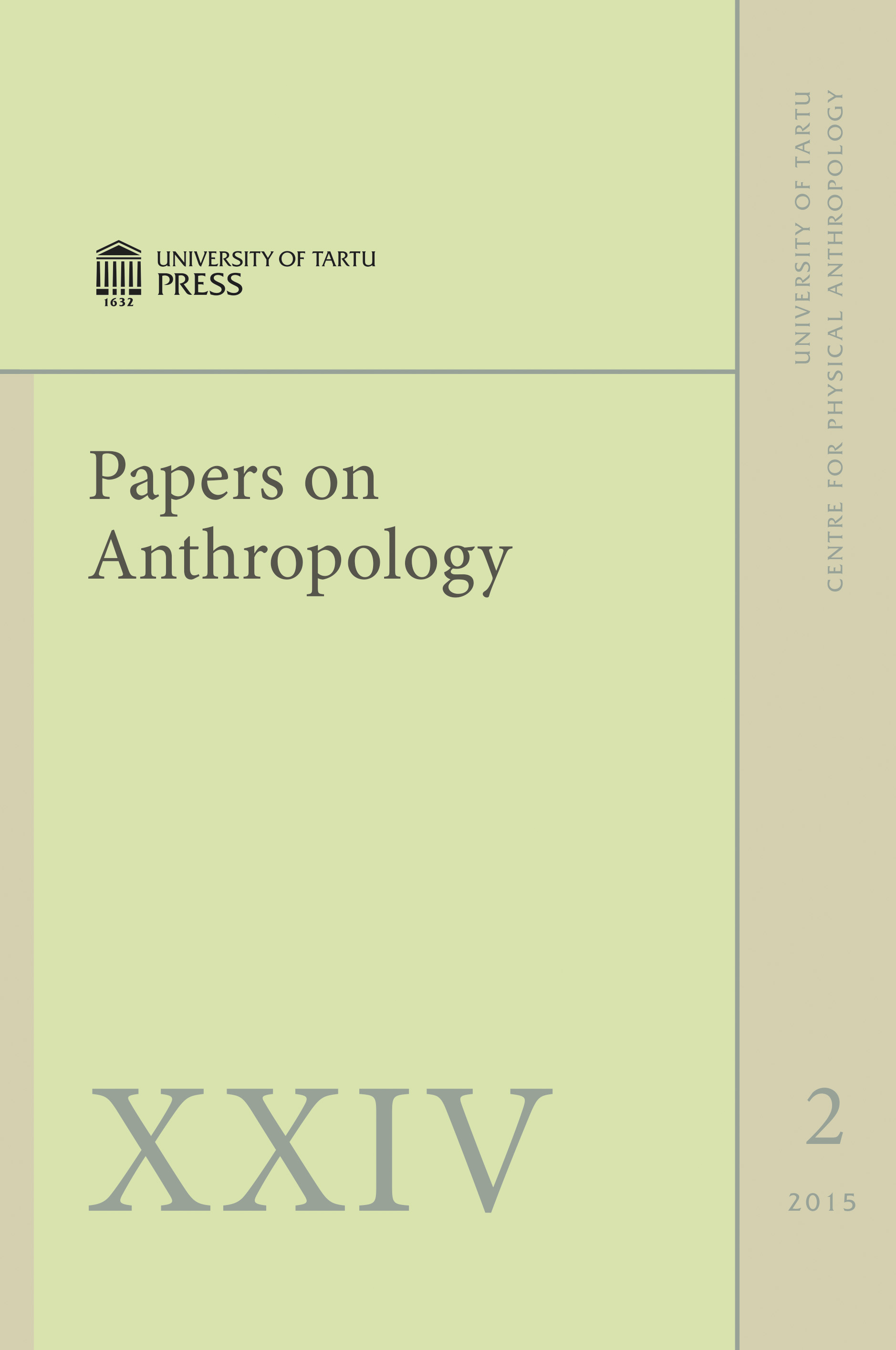Cremation as limitation? A paleodemographic inquiry into the accuracy of macroscopic analysis of cremated human remains based on an East Lithuanian sample
DOI:
https://doi.org/10.12697/poa.2015.24.2.06Keywords:
cremation, age at death estimation, sex determination, paleodemography, reliability of macroscopic analysis, East Lithuanian barrowsAbstract
Capabilities of skeletal anthropology are limited when studying cremations. The paper assesses the pattern of these limitations and the probability of bias in the macroscopic analysis of cremated remains with an emphasis on its aspects in need of special attention. Biased analysis is viewed as a hazard not only to bioarchaeology, but also to a broad scale of topics in the archaeology of burial. As a methodological approach, a comparative paleodemographic inquiry is proposed. It parallels inhumation (n=72) and cremation (n=370) samples from the 3rd/4th – 11th/12th centuries AD of East Lithuania. Life tables are created and mortality and reproductive profiles are calculated. Even though the analysed cremated bone material is fragmentary, a rather high correspondance of the profiles is registered, except for several aspects. Significant difference between inhumations and cremations is the lower subadult ratio in the latter. Under-estimation of infants and young children distorts newborn life expectancy and reproductive profiles. Another ground for bias occurs in the probable identification of adolescents as adults when aging cremations. The third risk of bias, alghough somewhat obscure, is observed in aging adults related to the sex of the deceased. Differences of male and female mortality profiles between the samples suggest that the biases in aging and sexing cremated adults are inter-related.Downloads
Download data is not yet available.

